Some stars, like this blue straggler, glow with the light from surrounding stars. This photograph was taken by the Hubble Space Telescope in 1997.
Click on image for full size
NASA
Blue Stars Cheer-up Astronomers
News story originally written on November 3, 1997
Astronomers have used the Hubble Space Telescope (HST) to learn more
about a unique type of star called a blue straggler. Blue stragglers are
stars located in densely packed
globular clusters. They are
about twice as massive and one-fifth as old compared to the other stars
in the cluster, which are though to have formed around the same time and
in a similar manner.
For years astronomers have wondered how these unusual stars form. The two
main theories are based on two different stars combining into one, which
we see as a blue straggler. One theory says that the two different stars
are in a binary system eventually merge into one. The other theory says
that the two different stars happen to randomly collide in the cluster.
The pictures from the HST support the first theory, that blue stragglers
are formed from a binary system.
You might also be interested in:
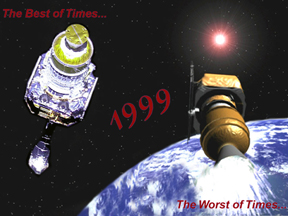
It was another exciting and frustrating year for the space science program. It seemed that every step forward led to one backwards. Either way, NASA led the way to a great century of discovery. Unfortunately,
...more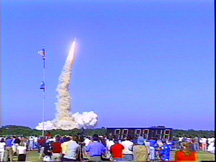
The Space Shuttle Discovery lifted off from Kennedy Space Center on October 29th at 2:19 p.m. EST. The weather was great as Discovery took 8 1/2 minutes to reach orbit. This was the United States' 123rd
...more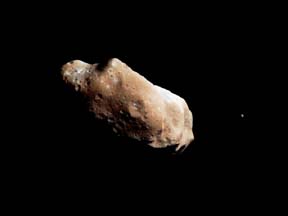
A moon was discovered orbiting the asteroid, Eugenia. This is only the second time in history that a satellite has been seen circling an asteroid. A special mirror allowed scientists to find the moon
...more
Will Russia ever put the service module for the International Space Station in space? NASA officials want an answer from the Russian government. The necessary service module is currently waiting to be
...more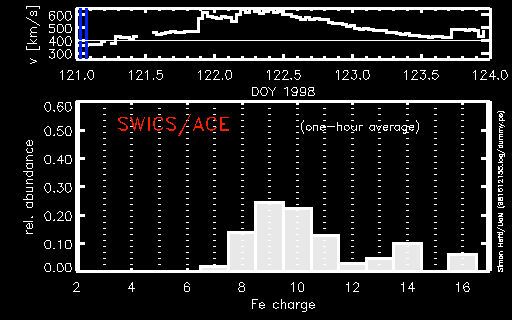
A coronal mass ejection (CME) happened on the Sun early last month. The material that was thrown out from this explosion passed the ACE spacecraft. The SWICS instrument on ACE has produced a new and very
...more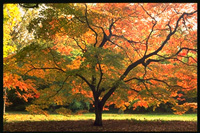
J.S. Maini of the Canadian Forest Service called forests the "heart and lungs of the world." This is because forests filter air and water pollution, absorb carbon dioxide, release oxygen, and maintain
...more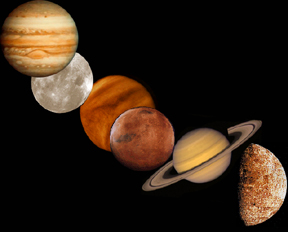
In late April through mid-May 2002, all five naked-eye planets are visible at the same time in the night sky! This is includes Mercury which is generally very hard to see. You won't want to miss this!
...more









